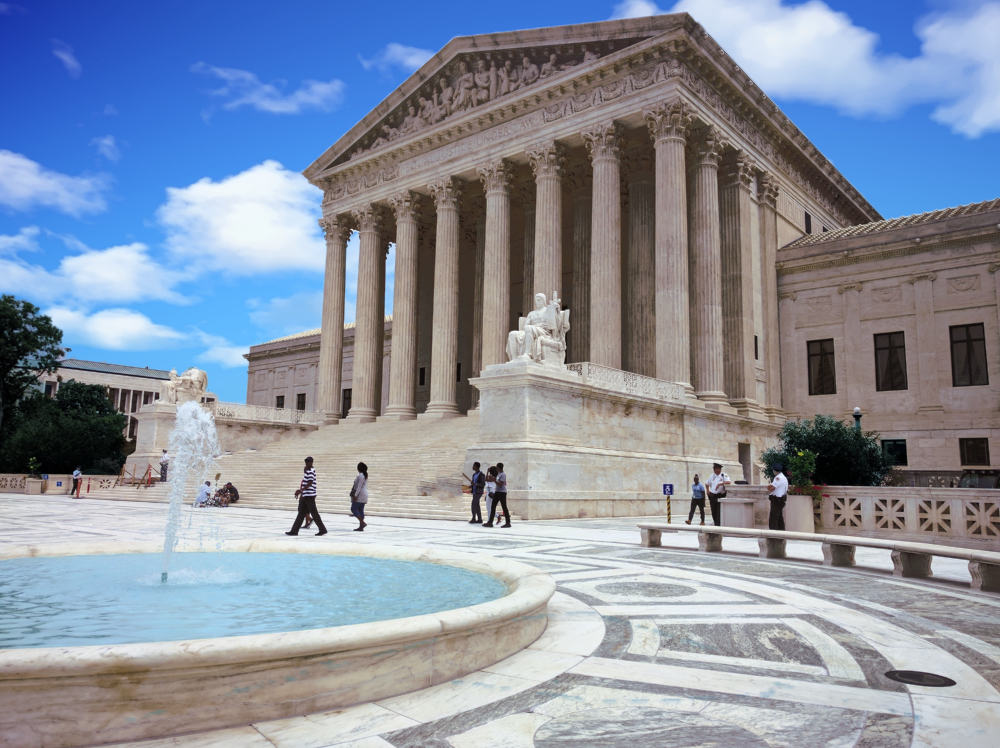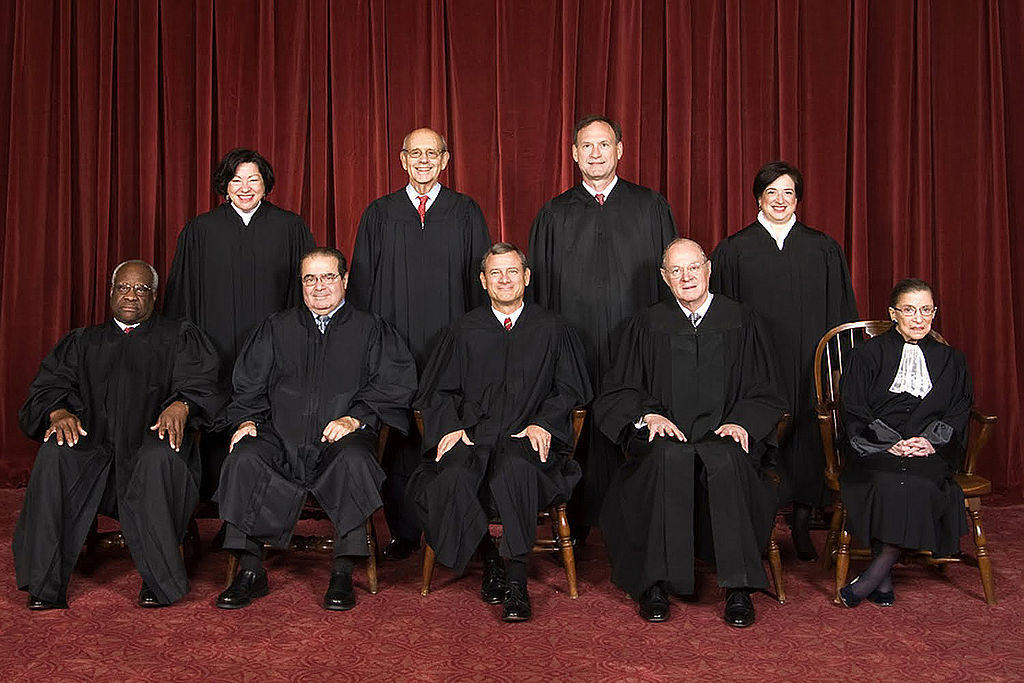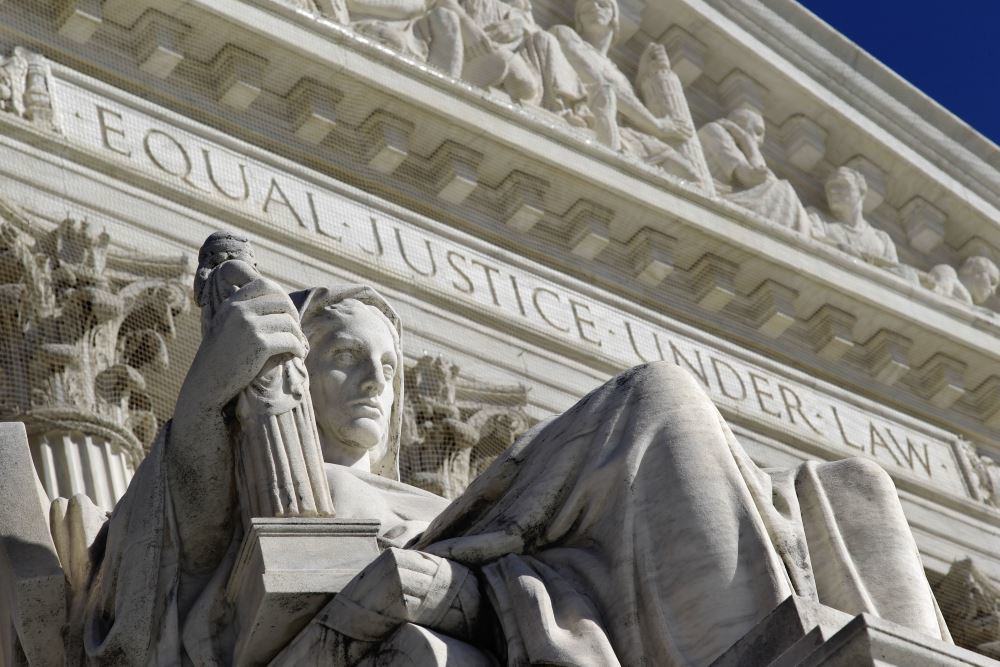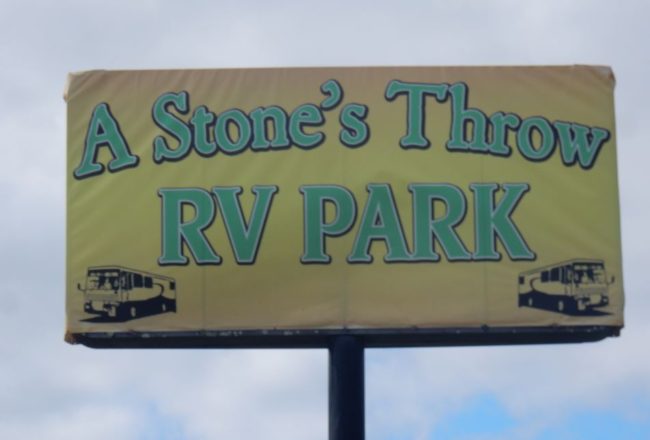Sometimes I feel like I should have gone to law school. I love arguing, I have a talent for reading rules and understanding their implications, I like politics (many politicians have a law background), and I have enough charisma for the courtroom. What put me off was how long you have to stay in school and frankly I wanted to get that done as soon as possible at the career deciding age.
Alongside murder trials and other sensations of that sort, supreme court cases are at the top of my lawyerly interest. There is, of course, the prestige of them, the sheer significance, but also the fact that with multiple justices you can see the clash of ideas on the law giving you insight that no matter the learning and the law, it’s a human institution and the thoughts and understanding of individual people matter a lot.
This course, History of the Supreme Court, weighs in at 18 hours with 36 lecture topics. It covers the court from the constitutional convention that defined it up to the Bush v Gore decision in 2000. The professor for this series is Peter Irons a noted civil rights lawyer who begins his lectures noting this, and that no doubt his own views will to some degree inform his view of the court and its cases. He does an admirable job both in the preparation of the course its delivery. I will say that his delivery is most engaging and animated when covering the topic he has the most passion for. Discussing the early court or business law he has a moderate tone that can get just a bit dull, but when discussing landmark civil rights cases, he really comes alive and the legal storytelling is gripping.
The overall structure of the lecture attempts to divide the history of the court into historical eras, partly based on influential jurors, partly on the surrounding history of the country and the critical political and social issues that led to the cases discussed. In each era irons examine both the influential members of the court and specific cases, briefly covering the background, the arguments, and then the decisions and dissents. In the later era of the court, actual recordings of arguments before the court accompany the discussion and add an element of the documentary to the history lesson.
Complaints about the course among the reviews on Great Courses focuses on the liberal bias of Irons and the focus on civil rights cases. While the bias is the self-admitted early on, I felt the presentation of the cases and justices was not especially bias, only the enthusiasm for certain arguments and choosing to make civil rights a centerpiece. To me, as this is a history lesson, the court cases discussed absolutely should coincide with the history of the country at the time, and civil rights is a very big part of American history, right from the founding of the colonies, to the revolution, to the civil war, the civil rights era and today. That, of course, doesn’t just mean the rights of racial minorities, it means all civil rights.
I’d strongly recommend the course. I was fascinated by much of it. Trail likewise enjoyed it but felt she needed more background on the law and the constitution to fully appreciate it. I think those familiar with the law, but who are not necessarily lawyers (who are likely well familiar with much of it) are the ideal audience.
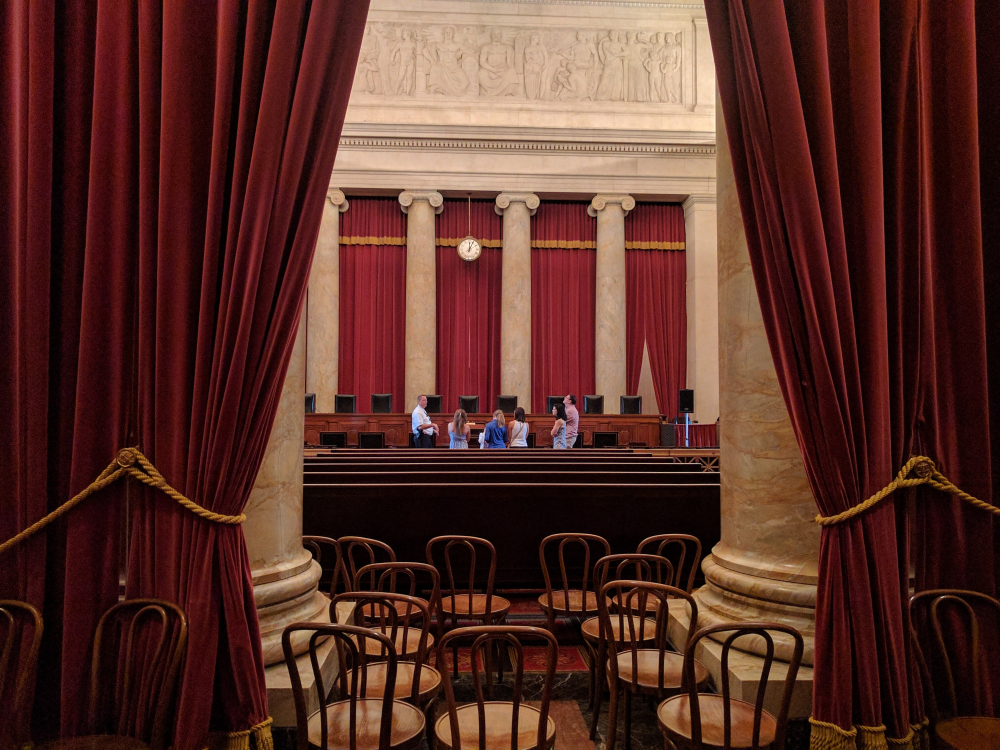
Where arguments are heard and fates are decided.
If I had to choose one of the very many things I learned from the course it would be respected for the 14th amendment which has risen in my estimation to be perhaps the most important of all. While it was the amendment that made citizens of the freed slaves after the civil war, its most significant feature is that it guarantees all the rights in the bill of rights and the constitution to the citizens of all states in the union. Prior to this, the bill of rights only protected US citizens from the federal government, States could and did pass laws violating them. It was not until the 14th that the bill or rights truly stood for the rights of all Americans.
